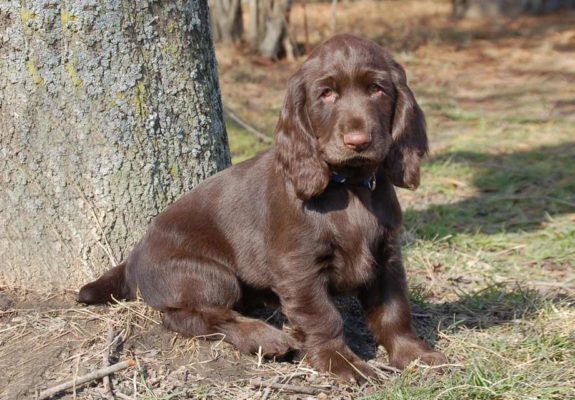Field Spaniel
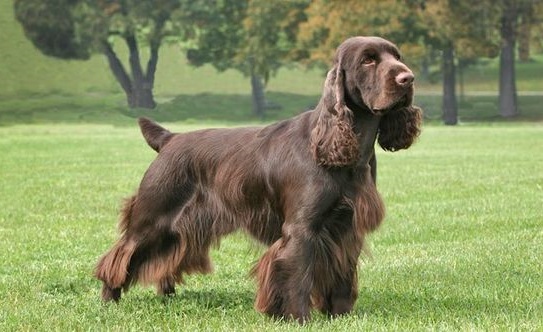
Compared to its closest relative, the Cocker Spaniel, the Field Spaniel is more calm and obedient. Writer Stanley Coren, in his book “The Intelligence of Dogs,” said of the Field Spaniel’s intelligence that it was higher than that of the average dog. Although the Field Spaniel is now more of a faithful friend and companion, one should not forget its original purpose. The Field Spaniel is a friendly dog that is excellent at hunting marsh and field game.
Table of Contents
Breed Information
| Another Name | – |
| Origin | England |
| Height | Males 45-46 cm Females 43-45 cm |
| Weight | 18-25 kg |
| Fur | Long |
| Color | Black, black and tan, blue and tan, brown, brown and tan |
| Lifespan | 12-13 years |
| FCI Classification | Retrievers – Flushing Dogs – Water Dogs |
| Group | Hunting dogs |
| Price | From $600 |
Breed Photos
Origin History
Field Spaniels were originally introduced to the world not as hunting dogs but as show dogs. At the end of the 19th century, breeders criticized Field Spaniels for their wrong coat color, short legs, and massive bones. According to them, all of these things made it very difficult to unlock the Field Spaniel’s hunting potential.
Phineas Bullock took it upon himself to create a Field Spaniel more suited to hunting criteria. After contacting Francis Burdett, secretary of the Birmingham Dog Show, Bullock set about breeding a new breed. He then crossed the Field Spaniel with the Sussex Spaniel and the English Water Spaniel. Since 1870, thanks to Bullock, the breed has successfully competed in various shows.
Unfortunately, Field Spaniels are still quite a rare breed of dog to this day. Until the second half of the XX century, the breed was considered extinct. Most of today’s Field Spaniels trace their lineage back to just four members of the breed used in the breeding program in 1950. Every year about 50 dogs are registered by the English Kennel Club. The Field Spaniel was officially recognized by the Fédération Cynologique Internationale in 1987. Field Spaniels are mainly distributed only in their homeland, as well as in Central and Northern Europe.
Appearance
Fans of the breed have managed to make a Field Spaniel a pretty solid and balanced dog. The height at withers should not exceed 46 cm. The body is stretched format. Field Spaniel’s movements are light; the head is usually proudly raised, which gives the impression of a certain majesty and nobility of the dog.
The muzzle is long enough. In profile slightly curved from throat to nasal lobe. The ears are medium length and floppy. The eyes are almond-shaped, usually dark brown, with a very attentive gaze. The chest is deep. The tail is mobile, planted low. Not very tall limbs, straight and well-muscled.
The coat is silky to the touch, long, and without an undercoat. Decorating hair is very thick. On the ears, the hair is curly. Field Spaniel has a huge variety of colors: black, black and spaniel, blue-roan, blue-roan with tan, hepatic, brown and spaniel, brown and spaniel with a tan.
Character
Compared to its closest relative, the Cocker Spaniel, the Field Spaniel is more calm and obedient. Writer Stanley Coren, in his book “The Intelligence of Dogs,” said of the Field Spaniel’s intelligence that it was higher than that of the average dog. Although the Field Spaniel is now more of a faithful friend and companion, one should not forget its original purpose. The Field Spaniel is a friendly dog that is excellent at hunting marsh and field game.
The Field Spaniel gets on well with children – he is playful and quite patient. He is very attached to family members. He is not aggressive towards strangers. His maximum – is to warn of the coming of guests with unobtrusive barking. Field Spaniel can not scare away intruders due to its gentle nature. Get along well with other pets. Suitable for both a spacious home and for apartment life. Please note that the lack of activity and attention can negatively affect Field Spaniel’s behavior. He needs to be helpful to his owner.
Care
Due to the lack of undercoat during the molting period, there are no special problems. It is enough to comb out the pet’s hair every few days. Haircutting is allowed only on the head, the front of the neck, and between the fingers. You should bathe your pet as needed. It is definitely worth using a special shampoo so that the coat of the field has a well-groomed and healthy appearance.
Field Spaniel ears and eyes need a regular inspection – clean them three times a week. Be sure to wipe ears dry after cleaning to prevent inflammation and excess moisture buildup. Claws usually clip themselves, but if that’s not enough, trim them monthly.
Training
It is very important to spend enough time raising a Field Spaniel. Without the owner’s proper approach, the Field Spaniel can get bored and become more independent, independent, and uncontrollable. Field Spaniels are pretty attentive to the owner’s requests and commands and will try their best to please him. They do not tolerate ill-treatment and may close themselves off. They are sensitive and have a good memory.
Common Diseases
Studies of the breed have shown that most Field Spaniels die of old age rather than complex diseases. However, the risk of some diseases does exist:
- allergic reactions;
- hypothyroidism;
- otitis media;
- hip dysplasia;
- tumors can form in old age;
- ophthalmological diseases (cataract, progressive retinal atrophy).
Nutrition
The Field Spaniel’s diet should be balanced and contain all the necessary vitamins to form a normal skeleton. The breed is prone to allergic reactions, so a high-quality hypoallergenic food for medium dogs is most suitable.
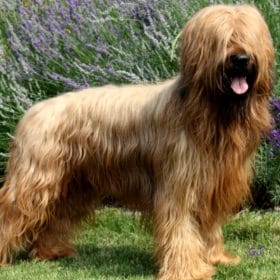 Briard
Briard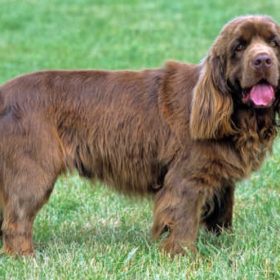 Sussex Spaniel
Sussex Spaniel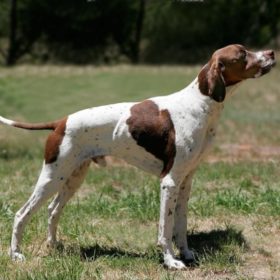 Pointer
Pointer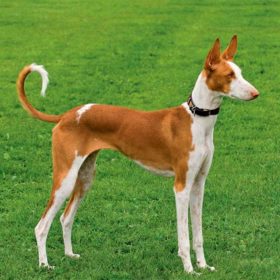 Podenco Canario
Podenco Canario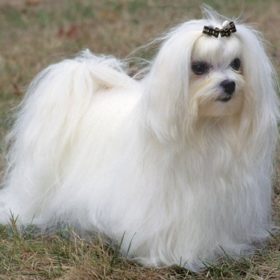 Maltese
Maltese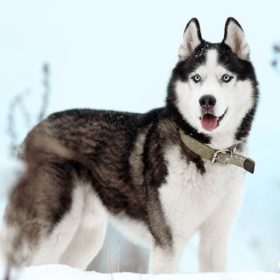 Siberian Husky
Siberian Husky

